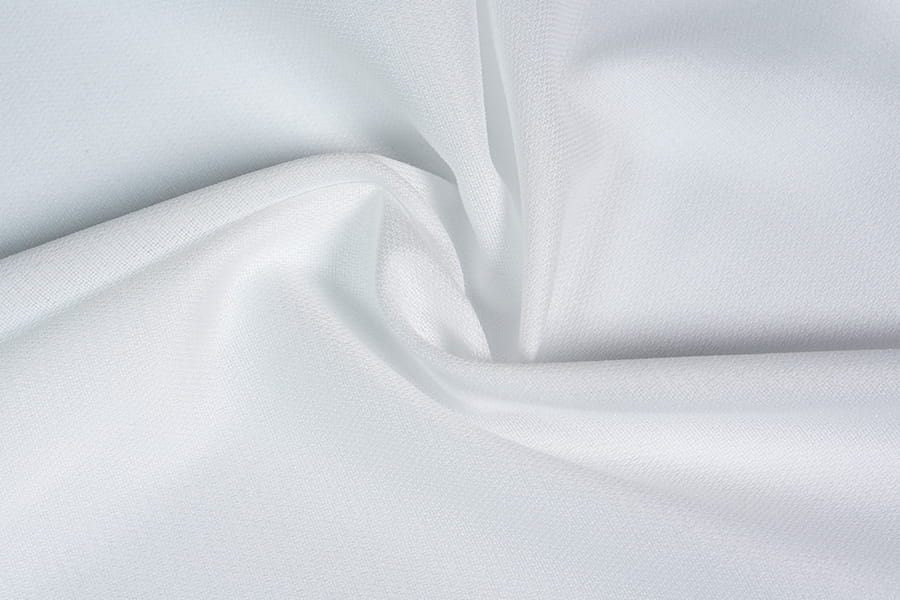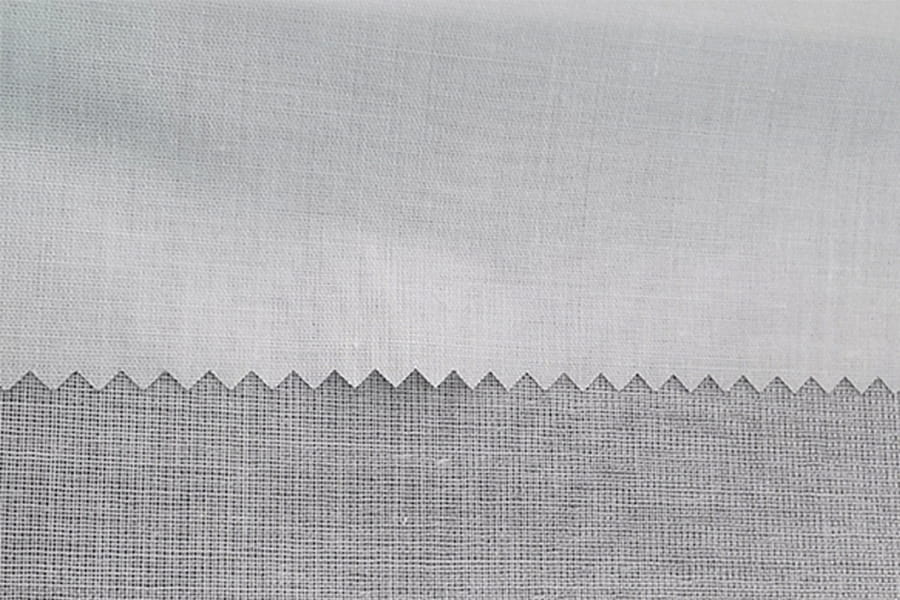Polyester fusible interlining is a popular material used in the garment industry to provide structure, stability, and longevity to various types of clothing. If you're looking to improve the durability and overall quality of your garments, understanding how this interlining works can be a game-changer.
What is Polyester Fusible Interlining?
Polyester fusible interlining is a non-woven fabric that is typically made from polyester fibers and has an adhesive coating on one side. The adhesive allows it to bond to the fabric when heat and pressure are applied, creating a seamless and durable connection. This interlining is most commonly used in areas like collars, cuffs, waistbands, and plackets where extra structure is needed.
Key Benefits of Using Polyester Fusible Interlining
Increased Strength and Stiffness
Polyester fusible interlining provides added strength to garments, particularly in areas that undergo frequent wear and tear. For example, it helps maintain the shape of a collar or cuff and ensures that these parts don't lose their structure over time. By reinforcing these areas, the interlining helps keep your clothes looking sharp and crisp.
Improved Shape Retention
One of the standout features of polyester fusible interlining is its ability to maintain the shape of the garment after multiple washes. Unlike some other materials, polyester doesn't lose its structural integrity over time, making it ideal for garments that need to hold their form. Whether you're working on a tailored jacket or a crisp shirt, polyester fusible interlining keeps your pieces looking fresh.
Enhanced Durability
In addition to providing shape retention, polyester fusible interlining also increases the overall durability of the fabric it's bonded to. The added layer of strength reduces the likelihood of fabric sagging, stretching, or becoming misshapen. This is especially important for clothing that experiences a lot of movement, such as pants, jackets, and skirts.
Protection Against Wear and Tear
Certain areas of garments—such as pockets, cuffs, and necklines—are more prone to wear and tear due to friction. Polyester fusible interlining acts as a barrier, reducing the impact of regular use and keeping these parts of the garment intact for longer periods. This protection is especially valuable for high-end garments and everyday items that need to withstand regular wear.
Resistance to Shrinkage
Polyester is known for its resistance to shrinkage, making it a perfect choice for fusible interlining. When you apply polyester fusible interlining to your fabric, it helps prevent the garment from shrinking after washing. This ensures that your clothes maintain their original size and fit, contributing to the garment's overall longevity.

How to Apply Polyester Fusible Interlining for Maximum Durability
Cut the Interlining to Size: Before application, ensure that the interlining is cut to the same shape as the area where you want to add structure. This is crucial for achieving a clean finish.
Ironing Process: Lay the interlining adhesive-side down onto the fabric, then use an iron to press it. Make sure to apply firm pressure and heat as per the manufacturer's instructions. This will activate the adhesive and bond the interlining to the fabric.
Allow Time for Cooling: After applying the interlining, let the garment cool before moving on to the next steps. This ensures that the bond is set and provides maximum durability.
Test the Bond: Once cooled, gently tug at the fabric to check if the interlining is properly bonded. If the interlining peels away, you may need to re-apply with more heat or pressure.
Why Choose Polyester Fusible Interlining Over Other Materials?
While there are other types of interlining available, such as cotton or nylon-based options, polyester fusible interlining is particularly valued for its versatility, durability, and ease of use. It doesn’t shrink, it’s easy to apply, and it provides excellent support without adding too much bulk. For garments that require long-lasting structure and shape retention, polyester fusible interlining is an ideal choice.

 English
English 中文简体
中文简体 русский
русский Español
Español









